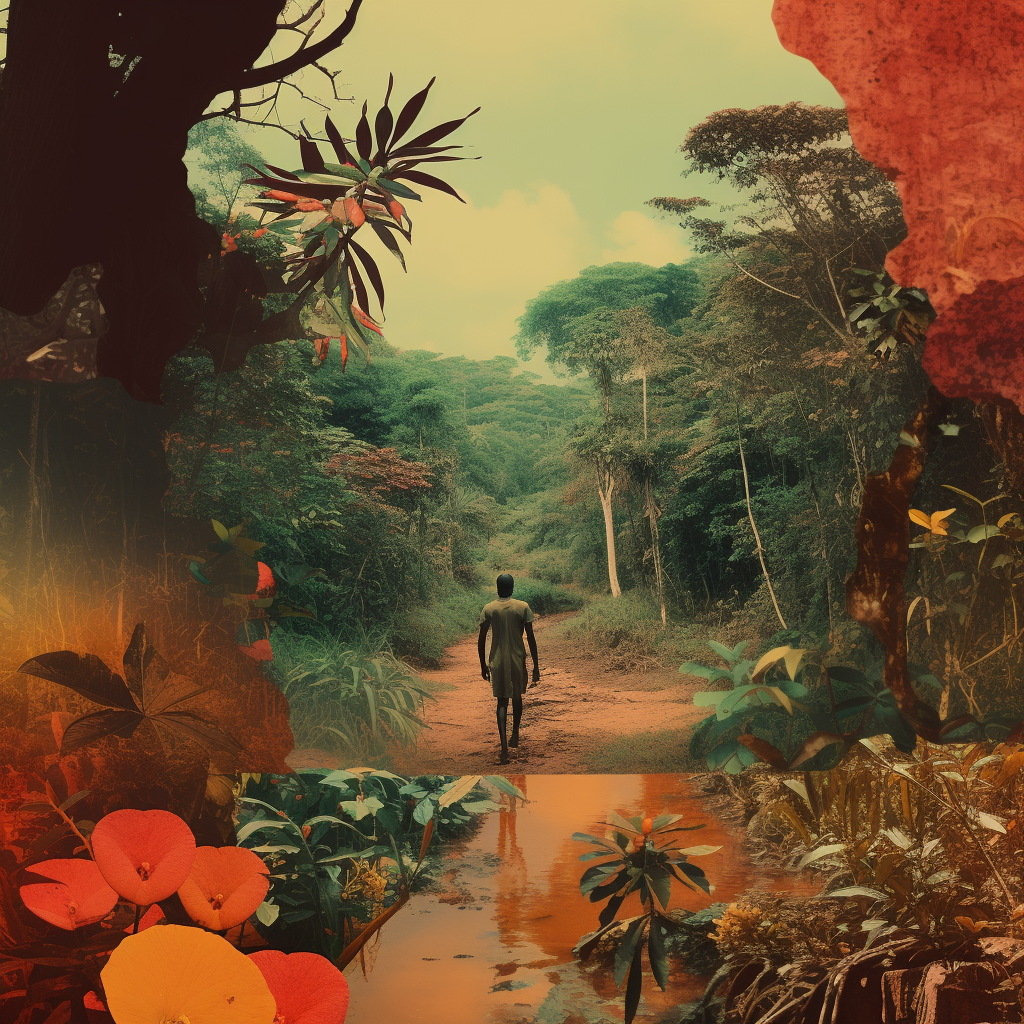ABOUT CHALLENGE
REGISTER
The Challenge
Global Biodiversity Loss is not receiving the attention and financial resources needed to meet UN objectives and address the problem.
Campaign for Nature and Design Science Studio have joined in pARTnership for our collective 2030 goals. By 2030 the UN countries have committed to the Declaration on Biodiversity. The Design Science Studio is in the third year of the Design Science Decade; a decade long commitment to incubating a community of practice and practitioners putting their creativity towards building a regenerative future for all life. This Pathways Challenge is just one example of the power of creatives working together to support the cultivation of a world for all life.
The Challenge
The Campaign for Nature is awarding $2,000 to the top 3 teams. These teams will also receive ongoing mentorship and the opportunity for their concepts to be developed and realized in partnership with the Campaign for Nature.
Campaign for Nature
Campaign for Nature is a team of experts collaborating to support the UN Biodiversity Declaration by working with key stakeholders to 1) protect and conserve 30% of land, freshwater and ocean by 2030 and 2) advance the rights of indigenous people and local communities as a means of achieving biodiversity conservation. They work towards these goals by increasing public finance to $20 billion yearly from the Global North to the Global South
Context
Nature (biodiversity) is declining at rates unprecedented in human history. This is due to land use change and overexploitation of oceans. Underpinning this trend are social patterns: consumption, diets, consumerism approach in the Global North (Global Minority), causing biodiversity loss in the Global South (Global Majority).
Part of the solution was the commitment of countries at COP15 to the 30x30 Target in the Global Biodiversity Framework. This framework has 23 targets to address the biodiversity loss. The majority of biodiversity and natural resources currently on the planet are located in the global south, and they are currently not protected: (i.e. southeast asia, congo basin, peatlands, mangroves, amazon). In order to protect these areas, global south countries need a follow through on these UN commitments and receive resources from the Global North to meet the protection targets.
In other words, the 23 biodiversity targets are dependent upon the Global North first meeting the financial target of at least $20 Billion per year by 2025.
Comment from Rachael at Campaign for Nature:
“In thinking about the next budget cycle, how can financing nature be part of achieving Heads of State budgetary goals? We must think generationally - but act urgently. How can we connect the dots for Heads of State that biodiversity helps them meet their immediate goals to set us up for long term success?”
Request:
The Campaign for Nature is asking DSS to come up with creative design interventions, so that Heads of State commit financial resources towards biodiversity and indigenous rights.
Note: The task is to have Heads of State allocate money in their budget towards biodiversity and indigenous rights. The task is not to allocate money towards particular ecosystems or countries, this step will happen later in the UN process.
There are three main underlying dynamics or Pathways Challenges causing Heads of State in the Global North to not be making financial commitments to Global South biodiversity conservation.







